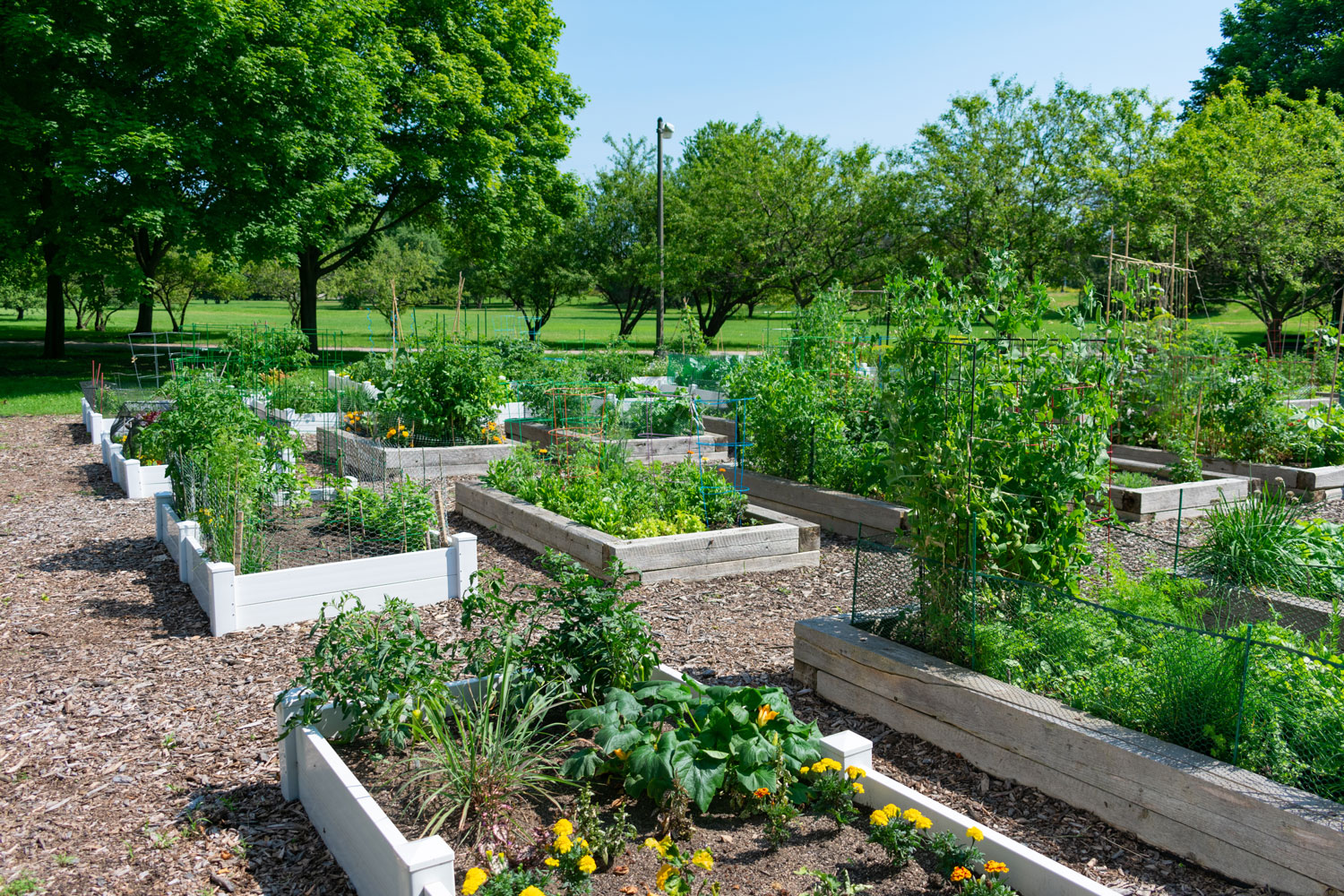Introduction:
Public-Private Partnerships (PPPs) can be powerful tools for equitable developers seeking to create community-focused projects. By leveraging government resources and private-sector expertise, these collaborations can help fund, develop, and sustain projects that might otherwise struggle to get off the ground. While I’m not an expert in structuring PPPs, I understand their potential and can help connect developers with the right people to explore these opportunities.
1. What Are Public-Private Partnerships (PPPs)?
A Public-Private Partnership is a collaboration between government entities and private developers to fund and execute projects that serve a public good. These partnerships can take many forms, but common examples include:
- Affordable Housing Developments – Public agencies provide land, tax credits, or subsidies to incentivize mixed-income housing.
- Infrastructure & Transit-Oriented Projects – Private developers build near transit hubs with government support for infrastructure improvements.
- Community Hubs & Commercial Spaces – Governments work with private entities to bring grocery stores, healthcare facilities, or workforce training centers to underserved neighborhoods.

2. Why PPPs Matter for Equitable Development
For equitable developers, PPPs can help:
✅ Reduce Financial Barriers – Public incentives, land contributions, or tax credits can lower upfront costs.
✅ Create Long-Term Affordability – Agreements may include long-term affordability requirements, ensuring the community benefits.
✅ Streamline Bureaucratic Processes – With city support, zoning approvals and regulatory hurdles may be easier to navigate.
✅ Enhance Community Impact – Government agencies often have access to data and resources that align projects with local needs.
3. Types of Public Support Available in PPPs
Equitable developers in Chicago can explore partnerships with city, state, and federal agencies through:
🏡 Land & Property Contributions
- The City of Chicago’s ChiBlockBuilder sells vacant city-owned lots at low costs to qualified buyers.
- Cook County Land Bank Authority offers discounted properties for redevelopment in disinvested areas.
💰 Financial Incentives & Tax Credits
- Tax Increment Financing (TIF) – Uses future tax revenues to fund development in designated districts.
- Low-Income Housing Tax Credits (LIHTC) – Encourages private investment in affordable housing.
- New Market Tax Credits (NMTC) – Attracts investors to projects in economically distressed communities.
🏗️ Infrastructure & Zoning Support
- Planned Development (PD) Zoning – Allows flexibility for large-scale projects.
📢 Community Engagement & Nonprofit Partnerships
- Some projects involve community land trusts or nonprofit organizations to ensure long-term affordability and community involvement.
4. Challenges & Considerations in PPPs
While PPPs offer great opportunities, they also come with complexities:
- Navigating Government Bureaucracy – Approval processes can be lengthy and require persistence.
- Balancing Public & Private Interests – Governments prioritize community benefits, while private investors seek returns—aligning both can be tricky.
- Ensuring Long-Term Viability – Some agreements require affordability commitments or public benefits that impact long-term revenue models.
For developers interested in PPPs, the key is finding the right partners and understanding what public agencies are looking for in a collaboration.
5. How I Can Help
While I don’t personally structure PPPs, I can:
🔹 Help Identify Properties & Opportunities – I can locate sites that may qualify for public-private collaboration.
🔹 Connect You with the Right People – Whether it’s city officials, nonprofit partners, or financial experts, I can introduce you to those who specialize in PPPs.
🔹 Assist in Researching Available Programs – I can guide you to available incentives and help you determine potential funding sources.
🔹 Support in Navigating the Process – From community engagement to networking with key stakeholders, I’ll help you build the right relationships.
Conclusion:
Public-Private Partnerships can be game-changers for equitable development, but they require the right connections and careful planning. If you’re exploring a project and think a PPP might be an option, I’d love to help you find the right resources and introductions to move forward. Let’s talk about how we can make it happen.


 Facebook
Facebook
 X
X
 Pinterest
Pinterest
 Copy Link
Copy Link